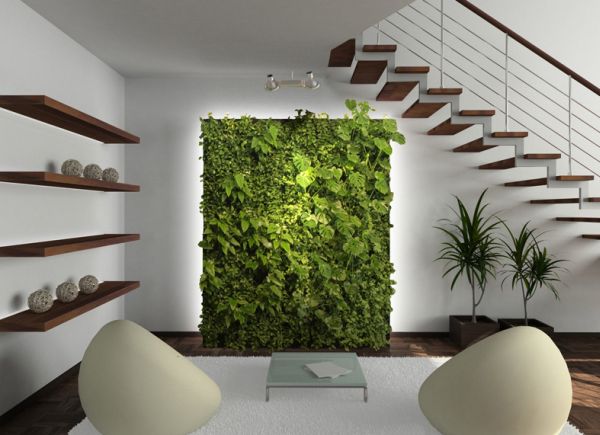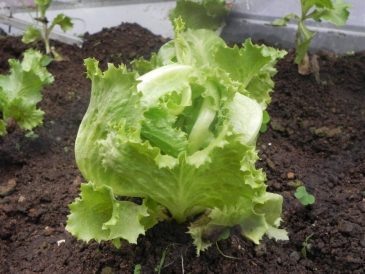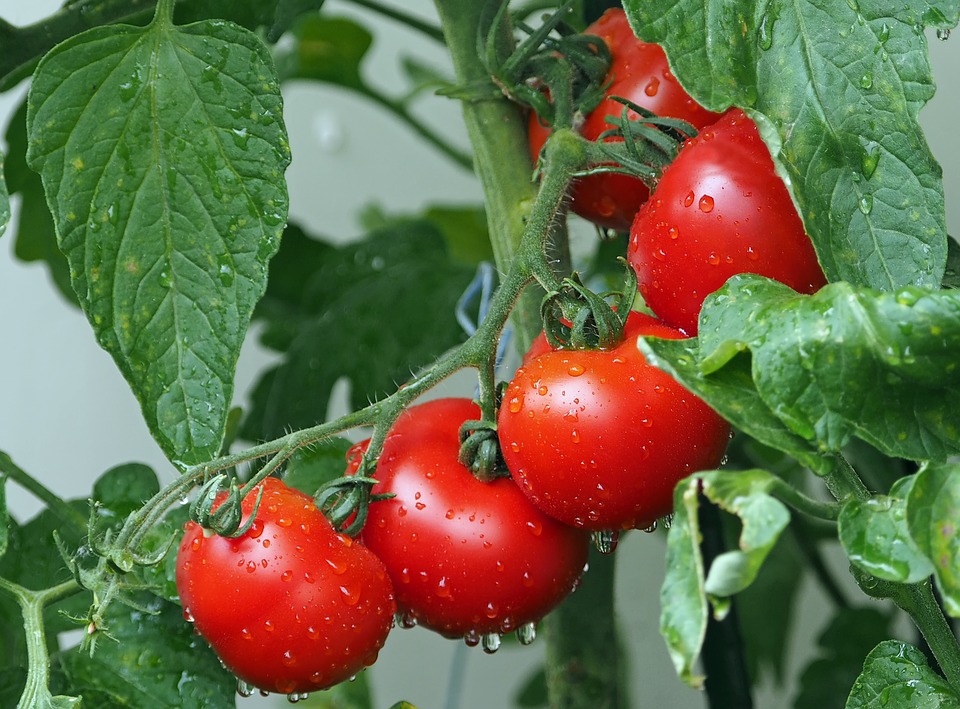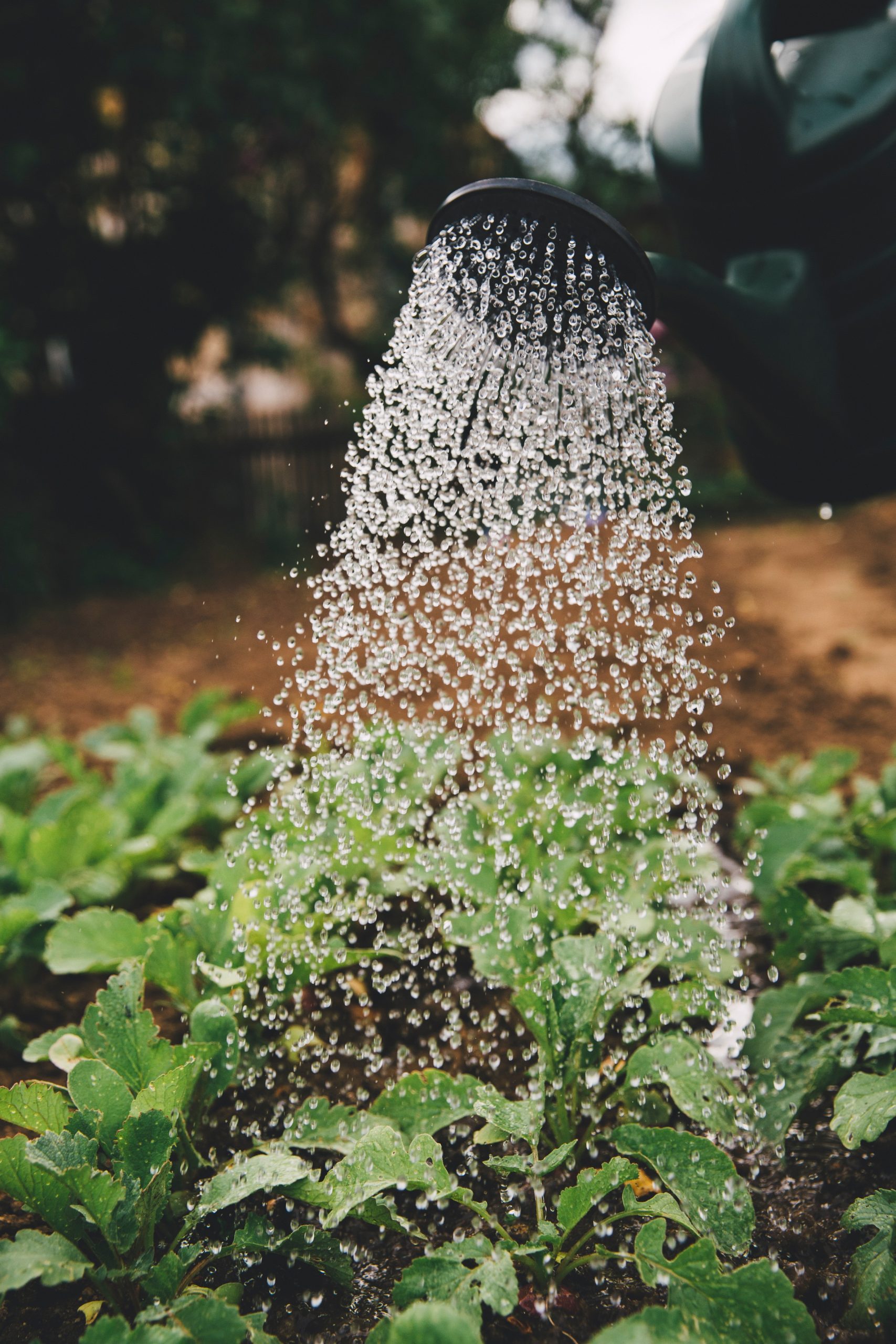The green wall is an exciting alternative to benefit from greenery when you lack space to create a garden. To get the desired effect, the choice of plants is essential.
Climbing Plants
Knowing that a green wall is based on a leaning structure, climbing plants are the best options to cover it. Indeed, because of their spikes, they cling naturally to the support. This has the advantage of making the work easier.
To grow your climbing plants, you can put the roots in a large pot below the structure of your green wall. As they grow, the leaves will fill in all the spaces by themselves. If you want to limit yourself to the living wall, the felts can be used as a plant substrate. A professional landscaper will be able to install it for you.
When it comes to plants, ivy is the most commonly used. This is due to its different color variations. Moreover, it adapts to all climates. In addition to ivy, the vine is also an interesting alternative, offering a colorful hue and leaves in various shapes.
Ferns
Ferns are ideal for adding a touch of the exotic. Their fast growth and the numerous young shoots allow vegetation quickly. They grow in humid areas and away from the sun. To grow them, simply put them in moss.
Opt for species such as the Boston fern (scientific name Nephrolepis exaltata), the Adiantum raddeanum, etc for indoors. These are relatively small plants, which are easy to maintain. On the other hand, most of the varieties are welcome for the outdoors.
Perennials
Perennials generally have light stems, which is ideal for a green wall. You can choose from different varieties and colors of plants, whether the installation is indoors or outdoors. However, be sure to select suitable species, depending on the climate conditions in your area.
Flowering plants are great options for adding color to your green wall. Opt for flowers like jasmine or wisteria for the indoors; they are both pleasing to the eye and fragrant. However, if you don’t like the strong scent, the smell can quickly become oppressive. When planting them, look for a spot with sunlight. This is particularly true of Angraecum, Miltonia, etc., indoor plants that need to be protected from direct sunlight. Otherwise, orchid varieties are less fragrant alternatives.
For an outdoor plant wall, many species are available. If the wall is in a sunny location, lavender and passionflower are your best allies. On the other hand, choose the Japanese iris, the vinca major, for a plant wall in the shade.
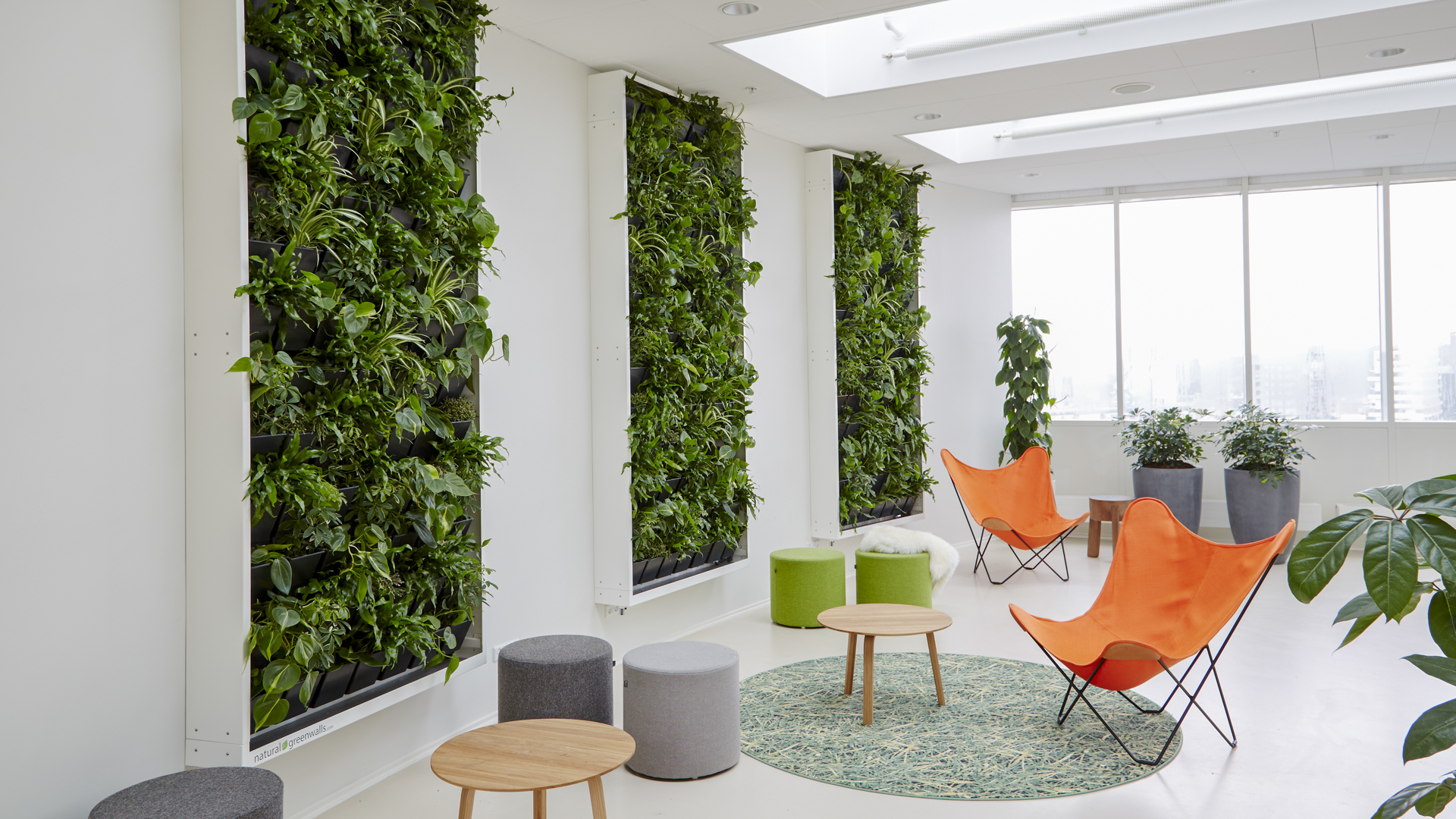
Aromatic plants
Both useful and pleasant, aromatic plants are interesting alternatives for creating a green wall. They will have their place in the kitchen, living room, or the garden. Although pruning is necessary to maintain aromatic plants, remember to keep a light hand when using them. Otherwise, you risk having empty space on your wall and ruining your decor.
When it comes to choosing plants, it all depends on the planting conditions. Know that herbs like thyme need sunlight to grow well. The same is valid for pineapple sage. Indoors, plant chives, rosemary, marjoram, etc.
In any case, you can always combine these different types of plants. You just need to know the right conditions for each of them. To add volume, you can combine your aromatic plants with ferns.

